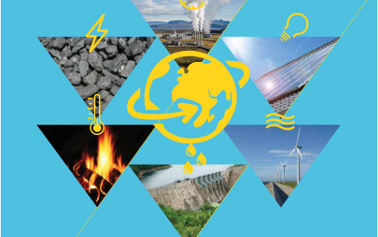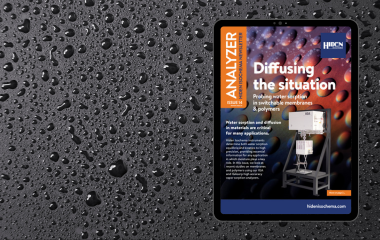Upgrading your IGA
Increase the functionality of your IGA
Upgrading your IGA to increase its functionality can greatly expand its range of applications.
One of the principles behind Hiden Isochema product design is our modular approach. This means that our instruments are readily upgradable to expand their functionality. In this blog post, we will look at some of the ways our IGA series can be upgraded.
The IGA-001 is the core of the IGA range and every other product in the series possesses the single component gas sorption measurement functionality of this instrument. As a result, the IGA-001 can be readily upgraded to any other IGA system, which greatly increases the accessible range of applications.
It is also possible to:
- Upgrade the single component vapor sorption model, the IGA-002, to an IGA-100, for gas mixture operation
- Add further gas or vapor streams to existing dynamic (flowing) systems
- Add a close-coupled, fully integrated mass spectrometer to any dynamic IGA system
From Gas to Vapor Sorption
The original IGA (now sold as the IGA-001) was designed to measure hydrogen sorption but it has since been used with a number of other gases, including nitrogen, oxygen, carbon monoxide and dioxide, methane and other gaseous light hydrocarbons, and a range of hydrofluorocarbons (HFCs). Contact us for a more detailed list.
Our IGA-002, however, offers single component vapor sorption capability, which opens up an extensive range of new applications.
Water sorption:
- Gas and air drying
- Desiccants
- Dewatering of alcohols and other solvents
- Thermochemical heat storage (sorption heat pumps)
Hydrocarbons:
- VOC (Volatile Organic Compound) removal
- Processing of BTX aromatics (benzene, toluene and xylene)
- Isomer separations
- Catalyst characterization
- Analysis of mass transport mechanisms in porous catalysts and catalyst supports
Alcohols:
- Processing (separation and purification) of aliphatic alcohols (e.g. methanol, ethanol, propanol and butanol) for fuel (e.g. biofuel) applications
- Investigation of the barrier properties of polymer membranes
Molecular Sieving
Species that form a liquid under ambient conditions, and thus produce condensable vapors vary much more in terms of molecular size and geometry than their gas phase counterparts, such as N2, O2 and CO2. Vapor phase sorption measurements thus provide access to a much broader range of molecular probes for the study of porous solids.
From Vacuum to Dynamic Mode
The IGA-001 and IGA-002 both operate in a static mode, in which every measurement is referenced to vacuum. This allows single component gas or vapor sorption measurements. Expanding the capability of either of these models so that they can operate in a dynamic mode, in which one or more species can directly flow over the sample, can further increase their flexibility.
With active temperature control, for example, a range of temperature-programmed techniques can be applied including TPD, TPR and TPO. Reaction kinetics can also be studied in this mode, with the significant advantage that the supply of the reactive species to the sample is continually replenished.
Dynamic mode also allows measurements to be made with gas and vapor mixtures, which are important in many real-world applications. Vapor sorption isotherms, for example, can be measured in a carrier gas without the need for vacuum; this is essential for samples that cannot be exposed to low pressures or when data are needed under conditions that more closely mimic those found in the real world.
Integrating Hiden Analytical Quadrupole Mass Spectrometers
Finally, a further option for our dynamic IGA systems is the addition of a quadrupole mass spectrometer manufactured by our sister company, Hiden Analytical, which is the other half of the Hiden Instruments group.
The mass spectrometers we supply can sample from a range of pressures. The pressure drop is managed by a heated capillary, which helps prevent the deposition of condensable species from the carrier gas during sampling. A bypass line further helps manage the pressure so that when the sampled gas enters the quadrupole mass spectrometer chamber it is at the correct level for analysis.
Integrated mass spectrometry thus allows continuous sampling from the gas phase, for the analysis of desorbed or evolved species, or determination of the gas or vapor phase composition. Mass spectrometry has a number of advantages over other types of gas analysis: an extraordinary dynamic range (from ppm levels to 100%), the ability to continuously sample, and compatibility with the vast majority of gas and vapor species, including monatomic gases, water, and hydrocarbons.
Want to know more?
Contact us now or call us on 01925 244678.


